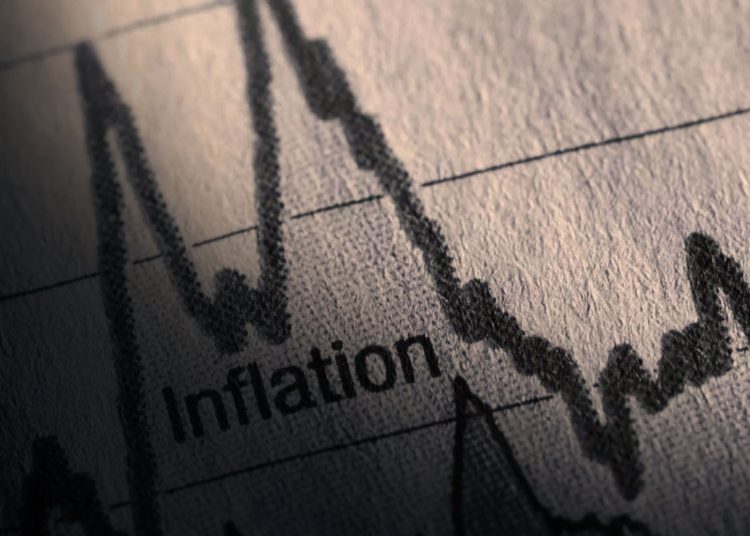The release of new data in the US has caused concern about inflation to increase, leading to a decrease in risk appetite in the markets. The data revealed that personal consumption expenditures rose more than expected in January. The core personal consumption expenditures price index, which excludes food and energy, also exceeded expectations with a monthly increase of 0.6% and an annual increase of 4.7%.
As a result, it is expected that the Fed will increase interest rates by 75 basis points in the near future, with increases of 25 basis points in March, May, and June. The US 10-year Treasury bond yield has risen to its highest level since November 2022, while recession pricing has lost momentum. The difference between the US 3-month Treasury bill yields and the 10-year Treasury bond yield has hit its lowest point since January 5. The US dollar index has risen due to expectations of a 75-basis point interest rate hike by the Fed, completing the week at 105.2, its highest level since the week of November 21.

Other Instruments are Struggling After the Inflation Data
The price of gold and silver per ounce dropped by 1.7% and 4.6%, respectively, while Brent crude oil increased slightly by 0.2% to $82.9 per barrel, amidst mixed signals from US data leading to concerns about inflation. The negative performance of the US stock markets last week, in line with inflation concerns, shifted investor focus onto a heavy data agenda for the upcoming week.
Mixed signals from the US data turned the attention towards the Fed officials, who made statements throughout the week stressing that there is still a long way to go to combat inflation. Cleveland Fed President, Loretta Mester, highlighted that the data indicating higher-than-expected personal consumption expenditures implies that more effort is needed to bring inflation down to the target of 2%. Mester stated that “we need to see all prices fall and we haven’t yet seen that in a sustainable way.” Boston Fed President, Susan Collins, also noted that more interest rate hikes are required to control inflation, given that inflation remains high. She added that the recent data strengthens the view that “there is still more work to do” to bring inflation down to the target of 2%.
Fed Board Member, Philip Jefferson, conveyed that the ongoing imbalance between labor supply and demand in combination with rising labor costs in the service sector means that high inflation can only fall slowly. The minutes from the recent Fed meeting, released during the week, revealed that almost all Fed officials agreed on a 25-basis point increase in interest rates, while a few officials supported a 50 basis point increase. The minutes also noted that most officials observed that slowing the pace of interest rate increases would allow for better assessment of the economy’s progress towards the goals of maximum employment and price stability.
US GDP Increased Below Average
According to macroeconomic data released in the country, the Gross Domestic Product (GDP) for the fourth quarter of 2022 increased by 2.7% on an annual basis, falling below the expectations of 2.9% and being revised downwards. However, in the US, the number of initial jobless claims dropped to 192,000 in the week ending February 18th. While new home sales in the country reached their highest level since March 2022, rising by 7.2% monthly to 670,000, sales of existing homes fell to their lowest level since 2010, decreasing by 0.7% monthly in January. The Purchasing Managers’ Index (PMI) for manufacturing in the US showed a contraction at 47.8 in January, higher than expectations. As a result, the S&P 500, Dow Jones, and Nasdaq indices fell by 2.67%, 2.99%, and 3.33%, respectively, in the New York stock market last week. This week, durable goods orders, pending home sales, manufacturing activity indexes, and unemployment claims will be followed in the US.











